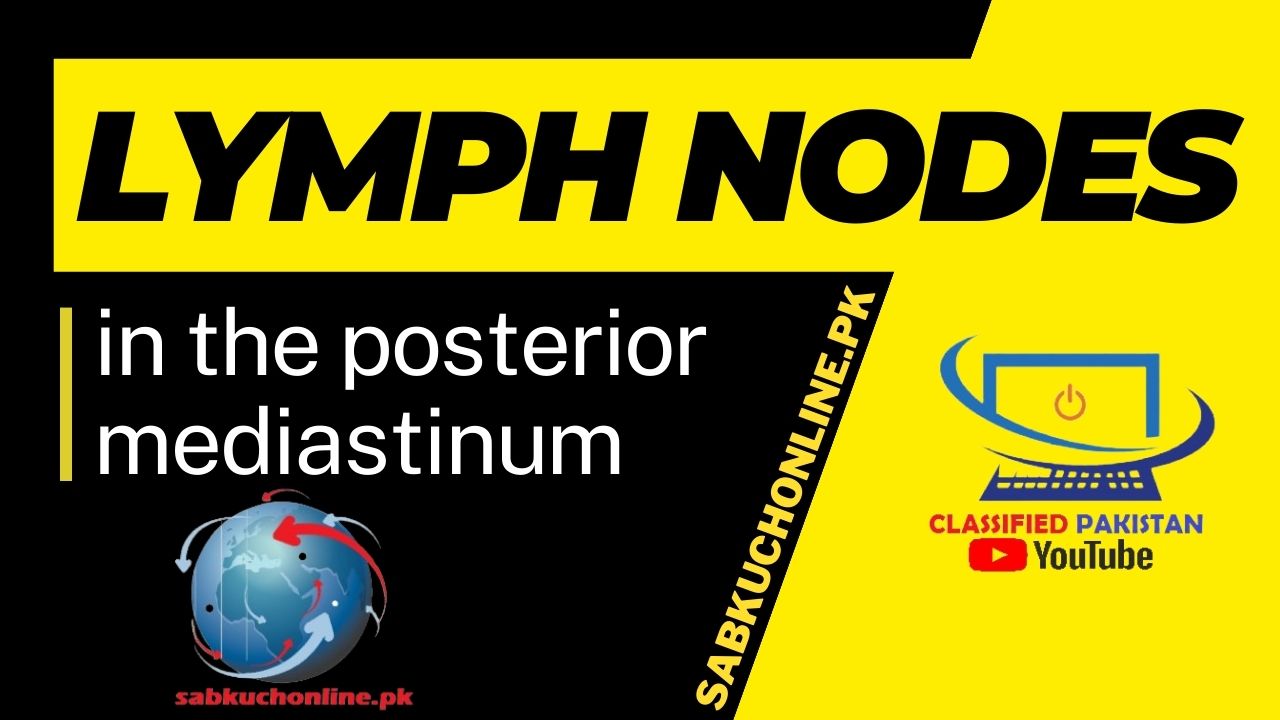Lymph nodes in the posterior mediastinum are part of the lymphatic system that drains structures in the posterior part of the thorax. These nodes play a role in filtering and immune response. Key lymph nodes in the posterior mediastinum include:
- Posterior Mediastinal Nodes:
- These nodes are located along the posterior aspect of the mediastinum, near the vertebral column. They receive lymphatic drainage from structures such as the posterior thoracic wall, vertebral bodies, and structures in the posterior mediastinum.
- Intercostal Nodes:
- Found along the intercostal vessels, these nodes receive lymphatic drainage from the intercostal spaces and associated structures in the thoracic wall.
- Hemiazygos Nodes:
- These nodes are associated with the hemiazygos vein and receive lymphatic drainage from the left side of the lower thoracic and upper abdominal regions.
- Accessory Hemiazygos Nodes:
- Associated with the accessory hemiazygos vein, these nodes receive lymphatic drainage from the left upper thoracic region.
- Azygos Nodes:
- Lymph nodes associated with the azygos vein, these nodes receive drainage from the posterior thoracic wall, vertebral bodies, and other structures in the posterior mediastinum.
It’s important to note that the lymphatic drainage in the posterior mediastinum is interconnected, and the nodes collaborate to filter and process lymph from various structures in this region. Additionally, the lymphatic drainage in the posterior mediastinum is closely linked to the venous structures, including the azygos and hemiazygos veins. Understanding the lymphatic nodes in this region is crucial for clinicians in diagnosing and managing conditions involving the posterior thoracic and upper abdominal structures.
